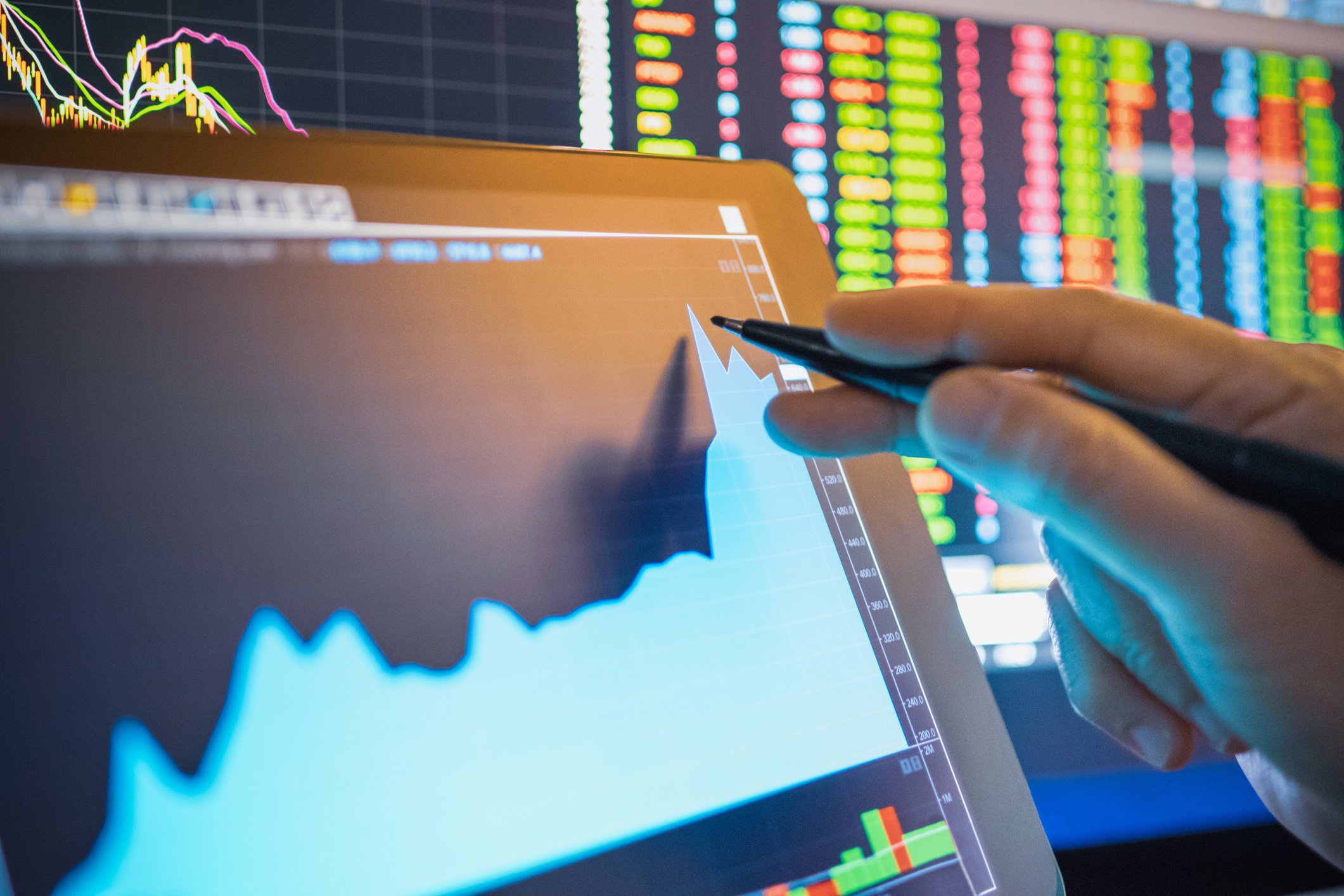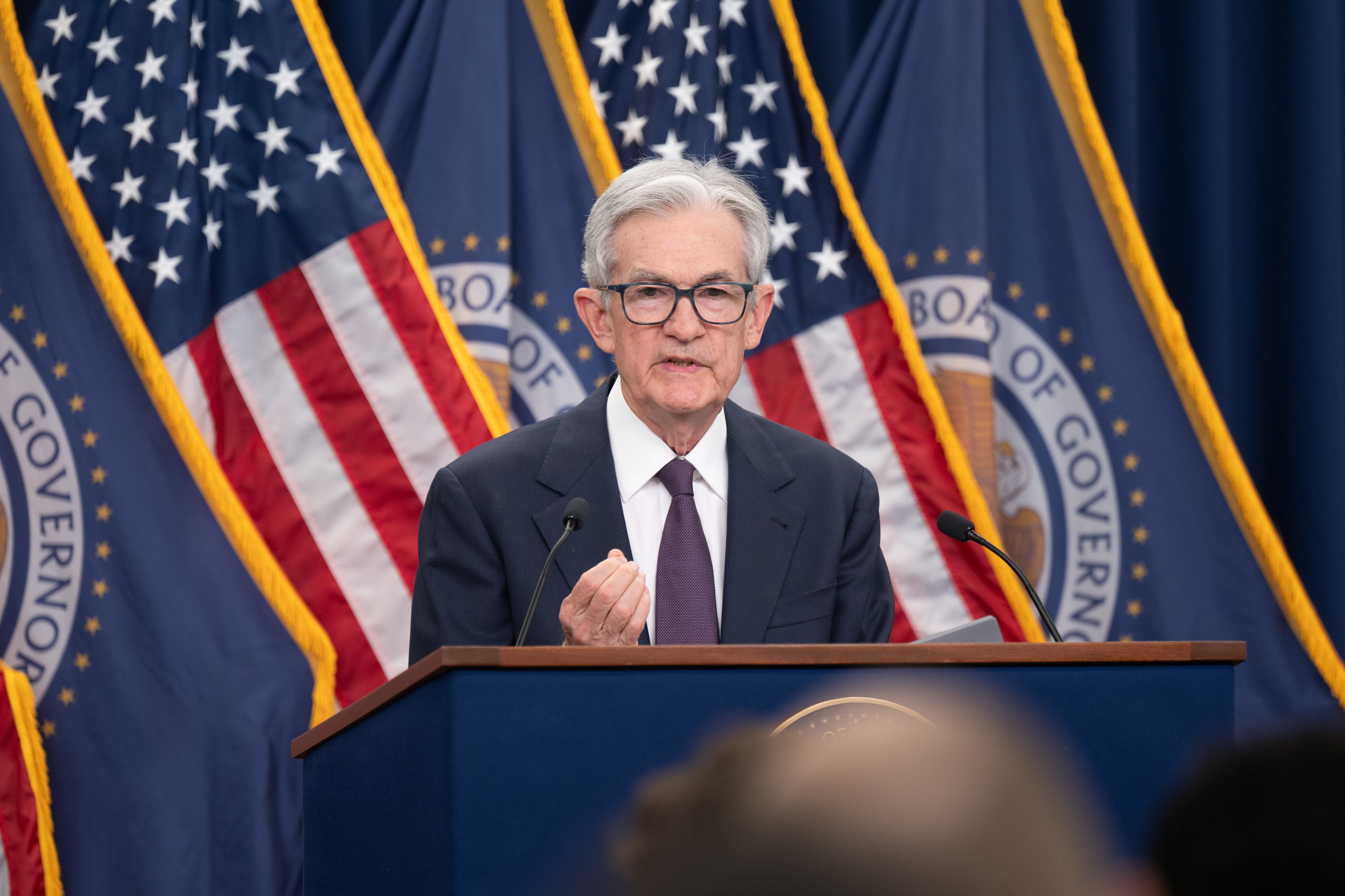If you follow the market, then you likely know that technology and tech-related stocks have dominated the conversation and fueled the strong returns of the past few years, largely due to excitement around artificial intelligence and its ability to change society as we know it.
While it's still early days, investors are betting big. In fact, enthusiasm around tech and AI has gotten so intense that the sector is now doing something not seen in over 25 years. In fact, the last time tech stocks climbed this high, it was right before a major market crash, which presents an ominous warning.
Tech and AI are the market now
Tech and AI make up a majority of the market, largely due to the "Magnificent Seven" stocks. These megacap tech companies not only generate a tremendous amount of earnings and free cash flow, but they're pouring tens of billions into AI infrastructure and investments. As of Aug. 11, just eight tech companies account for 37% of the S&P 500 (^GSPC 0.03%)
Nvidia -- 7.8%
Microsoft -- 6.9%
Apple -- 5.9%
Amazon -- 4.1%
Meta Platforms -- 3.4%
Broadcom -- 2.5%
Alphabet Inc -- 2.2%
Alphabet Inc -- 2.1%
Tesla -- 1.9%
All of these stocks have market caps of at least $1 trillion as of this writing. The largest of the bunch, Nvidia, is valued at $4.4 trillion. On the whole, tech and tech-related stocks make up the largest percentage of the stock market since 2000, according to a post from The Kobeissi Letter.
Market concentration has never been this extreme:
-- The Kobeissi Letter (@KobeissiLetter) August 4, 2025
Technology and tech-related stocks now make up a record 55% of the stock market.
The share has DOUBLED since the 2008 Financial Crisis.
To put this into perspective, this percentage hit ~50% at the 2000 Dot-Com Bubble peak.... pic.twitter.com/03bhKri9we
This comparison to the dot-com bubble, one of the biggest market collapses in history, is worrying. At the time, venture capitalists were willing to fund entrepreneurs with business ideas but zero revenue or real products. In that environment, investors ran up internet stocks to massive valuations, and the S&P 500 surged about 20% or higher for five years straight.
The market has followed an eerily similar path since the beginning of 2023. At the turn of the century, investors were overly bullish on the internet -- this time, it could be AI.

Image source: Getty Images.
Is there a difference between then and now?
As I've pointed out on numerous occasions, history rhymes but rarely repeats itself, so the jury is still out on whether this current cycle will manifest into a bubble that pops the same way the dot-com bubble did. The conditions are there, including elevated valuations and an incredibly strong multiyear stock market run, fueled by low interest rates and, in this case, quantitative easing, which seems to have at least played a part in inflating assets.
Investors who do not view this current cycle as a bubble will tell you that the companies funding the AI boom, like Microsoft, Nvidia, and Meta, are in superior financial condition to the companies that were driving the internet boom. Microsoft even has a better credit rating than the U.S. government. While I'm not an expert on the venture capital ecosystem, it also seems like these investors require more stringent criteria for funding, with many prioritizing those with working products and models generating revenue. However, it's also fair to argue that valuations have run amok.
The internet boom proved that even technologies with immense potential rarely move in a straight line, and I expect the AI boom to be no different. The Magnificent 7 may experience sizable sell-offs before climbing another leg higher. While predicting short-term market moves is incredibly difficult, investors can still protect themselves by dollar-cost averaging, looking for stocks with valuations that make sense, and holding AI stocks for the long haul.















